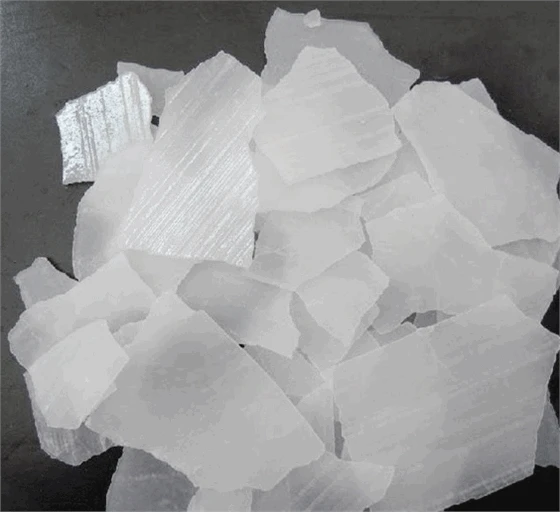



Well Water Pool Treatment Solutions for Cleaner, Healthier Swimming Environments
Well Water Treatment for Pools Ensuring Safe and Clean Water
Using well water to fill a swimming pool can be an appealing option for homeowners looking to save on water bills or utilize a sustainable water source. However, well water often contains various impurities and minerals that can affect pool clarity, water balance, and even the health of swimmers. Therefore, proper treatment of well water prior to filling a pool is essential. In this article, we’ll explore the steps involved in well water treatment for pools and why it is crucial for maintaining a safe and enjoyable swimming environment.
Understanding Well Water Composition
Before diving into treatment techniques, it’s essential to understand that well water can vary significantly in composition. It often contains dissolved minerals like iron, manganese, calcium, and magnesium, as well as potential contaminants like bacteria, nitrates, and heavy metals. These elements can lead to issues such as cloudy water, scaling on pool surfaces, and unwanted reactions with pool chemicals.
Testing Your Well Water
The first step in well water treatment involves testing the water quality. Homeowners should choose a reliable laboratory or a home testing kit to assess pH levels, alkalinity, hardness, chlorine levels, and the presence of contaminants such as bacteria and heavy metals. Regular testing is vital, as water quality can fluctuate due to seasons, rainfall, and surrounding land use.
Using a Water Filtration System
Once the water has been tested, the next step is to address any identified issues through appropriate filtration and treatment systems. A multi-stage water filtration system can effectively remove sediments, bacteria, and other impurities. Commonly used filtration options include
1. Sediment Filters These remove larger particles, such as sand and dirt, that can cloud your pool.
2. Activated Carbon Filters These can eliminate chemicals and contaminants that contribute to unpleasant odors and tastes in the water.
well water treatment for pool

4. UV Purification This method uses ultraviolet light to kill harmful bacteria and viruses, making your water safer for swimming.
Balancing Water Chemistry
After filtration, balancing the water’s chemistry is crucial. Well water can have a naturally high mineral content, affecting pH and alkalinity levels. To achieve ideal pool chemistry, the following steps should be taken
1. Adjust pH Levels The ideal pH for pool water is between 7.4 and 7.6. If the pH is too high or too low, it can cause skin irritation and make sanitizing your pool less effective.
2. Control Alkalinity Total alkalinity should be maintained between 80-120 ppm to stabilize pH levels and improve swimmer comfort.
3. Manage Hardness The calcium hardness level should be maintained between 200-400 ppm. High levels of calcium can cause scaling, while too low can lead to corrosion of pool surfaces.
4. Sanitize the Water Finally, use appropriate pool sanitizers like chlorine or bromine to ensure that the water remains free of harmful microorganisms.
Regular Maintenance
Once your pool is filled with treated well water, regular maintenance is crucial for sustaining water quality. This includes routine testing, cleaning filters, and ensuring that the chlorination and pH levels remain in balance.
Conclusion
Using well water for your pool can be a cost-effective and environmentally friendly choice, but it requires diligent treatment and maintenance. By understanding the composition of your well water, employing effective filtration methods, balancing the water chemistry, and maintaining the pool regularly, you can ensure a safe and enjoyable swimming experience for all. Investing time and resources into water treatment will ultimately pay off in the form of a pristine and refreshing pool.
-
Why Sodium Persulfate Is Everywhere NowNewsJul.07,2025
-
Why Polyacrylamide Is in High DemandNewsJul.07,2025
-
Understanding Paint Chemicals and Their ApplicationsNewsJul.07,2025
-
Smart Use Of Mining ChemicalsNewsJul.07,2025
-
Practical Uses of Potassium MonopersulfateNewsJul.07,2025
-
Agrochemicals In Real FarmingNewsJul.07,2025
-
Sodium Chlorite Hot UsesNewsJul.01,2025










